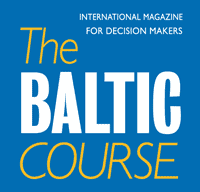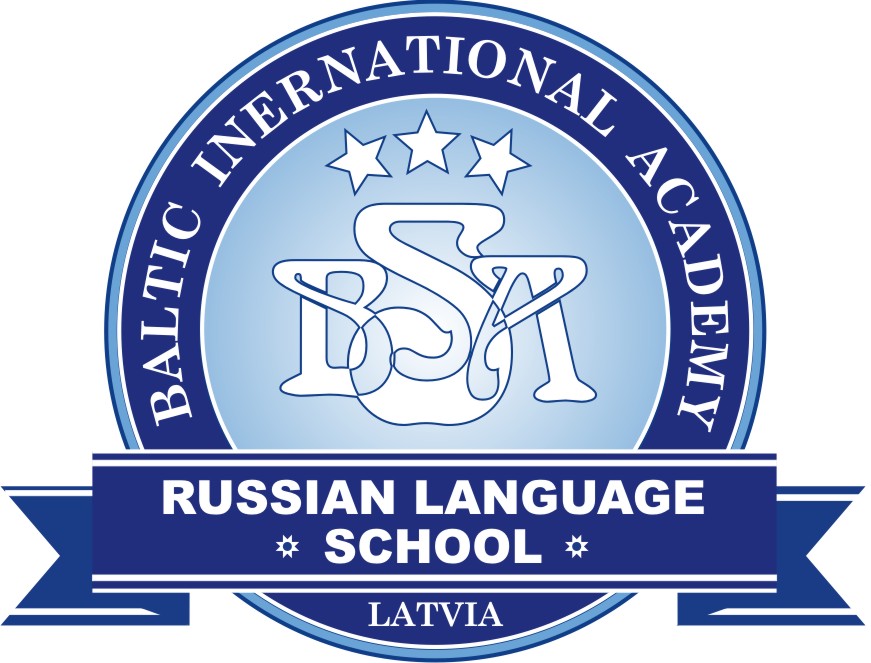Other events in Baltic States
International Internet Magazine. Baltic States news & analytics
Saturday, 13.12.2025, 22:21
Lithuanian Kucios reminder of family, tradition at holidays
 Print version
Print versionThe traditions celebrated by people joined together by family, ethnic group, religion, culture or nationality are something ingrained in most people, providing a sense of belonging and remembering history, either in the short-term or long-term, the republicanherald.com writes. Holiday traditions can be the strongest, and for Lithuanians, the traditional Christmas Eve supper called Kucios (pronounced koo-chios) is extremely important, not only for those living in the Baltic country of Lithuania, but for the descendents of those who came to America in the latter 19th and early 20th centuries. The traditions are strong ties to culture and heritage of their ancestors.
The Knights of Lithuania Anthracite Council 144, whose members are from Schuylkill and Northumberland counties, has a mission to preserve the heritage of Lithuania, and one major event is the celebration of Kucios every year. Although held early in December, the dinner was a reminder to those who grew up with the Christmas Eve tradition, while providing the younger generations a lesson in the celebration with the hope that it will be carried on for generations to come, writes LETA/ELTA.
"God has given us many blessings, and some say none better or greater than family," said council President Larry Domalakes in his welcoming remarks at this year's Kucios in the social hall of Annunciation BVM Roman Catholic Church in Frackville. The invocation was made by the Rev. Edward Essig, pastor.
"Kucios is a time for family – our Holy Family, our immediate families and our extended families," said Domalakes in preparation for the toast. "It is a time to reflect on the example that our Holy Family has shown to guide us in our own families. As we gather here today, and we look to the right, to the left and all around, you will your extended family in the Knights of Lithuania Anthracite Council 144. So let us raise our glasses and our voices to the Holy Family, our immediate family and our extended family and say, 'Linksmu Kaledu.' "Linksmu Kaledu is Merry Christmas in Lithuanian.
After the toast, the youngest Lithuanian in the room usually brings a figurine of the Baby Jesus to be placed in the manger in the Nativity scene under the Christmas tree. Since the youngest Lithuanian in the room was too young to walk, the important duty fell to Riley Bray, 2, of Strausstown, who brought the figurine to the oldest Lithuanian in the room, Elsie Kosmisky, 94, of Frackville, who then placed it in the manger.
Each table had a large Christmas wafer called plotkeles. Made of bread and water similar to a Communion host, the wafer is passed around the table, with each person breaking a piece off. When that is done, all consume their portion of the plotkeles.
Several Christmas trees were decorated with Lithuanian straw ornaments. While straw ornaments have been used in Lithuanian culture for many years, their use on Christmas trees only goes back to the 20th century and started in America. In the 1930s, Juze Dauzvardis, the wife of Petras Dauzvardis, Consul General of Lithuania in Chicago, was asked to decorate a Christmas tree with Lithuanian ornaments as part of an international Christmas tree exhibition at the Museum of Science and Industry in Chicago. Wanting to distinguish the Lithuanian tree from all others, she, with the help of Sisters of St. Casimir, came up with the idea to use ornaments made of straw. Ornaments made of wheat or rye straw were used as house decorations by Lithuanian farmers during weddings and other festive occasions. Mrs. Dauzvardis decided to make her Christmas tree ornaments from white paper drinking straws and with the Sisters came up with a variety of designs: stars, snowflakes, chains, bird cages, bell towers and other geometric patterns. The Lithuanian Christmas tree with its distinctive white ornaments became a great hit at the exhibition and straw Christmas tree ornaments became a Lithuanian tradition.
The Sisters of St. Casimir have their origins in Mount Carmel, where they started the first Lithuanian religious school in America. Sister Maria Kaupas, one of the co-founders, also lived in Mount Carmel and her cause for canonization in the Catholic Church is being investigated.
According to Kucios tradition, the head of the family begins the meal with a prayer of thanksgiving for past blessings and a wish that the family would remain intact for the coming years. He breaks and shares the plotkeles with each member of the family, and they, in turn, wish each other good luck and health for the coming year.
The meal begins with 12 dishes being served, each commemorating one of the 12 Apostles. Everyone should at least taste each of the dishes for good luck.
Also speaking at the dinner was the Knights Cultural Chairperson Danielle Savitsky, who spoke on the traditions and customs of Lithuanian Christmas.
Some Lithuanians believe that the Kucios table should not be cleared of food, lest the Christ Child and His mother visit during the night. It is also believed that the souls of deceased members of the family might return briefly, and they must find a hospitable table.
After the Kucios, each member of the family places a piece of straw for every kind deed or gracious word said during the holidays into a cradle, which is put under the Christmas tree for the Christ Child.
The dinner program also included a sing-along of Lithuanian-language carols, which was led by Paul Domalakes.









 «The Baltic Course» Is Sold and Stays in Business!
«The Baltic Course» Is Sold and Stays in Business!

